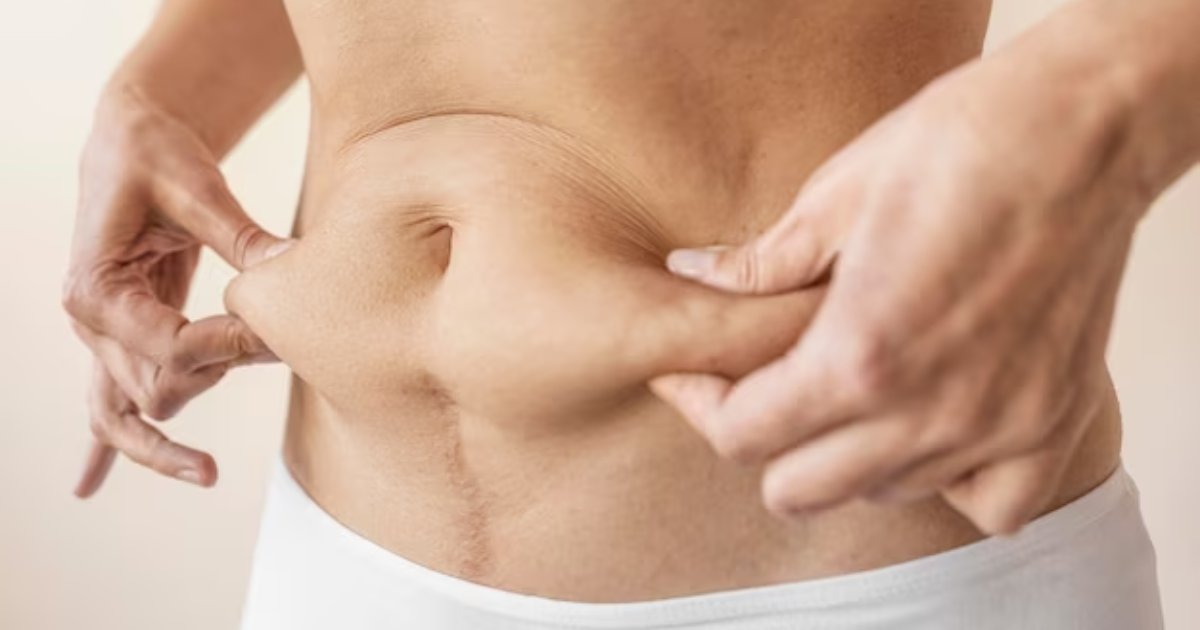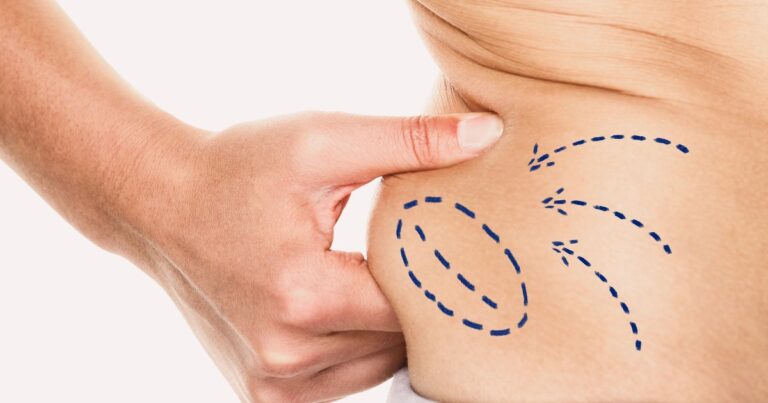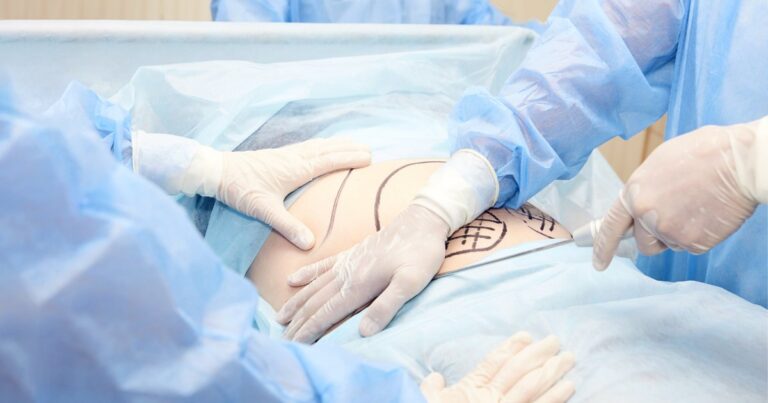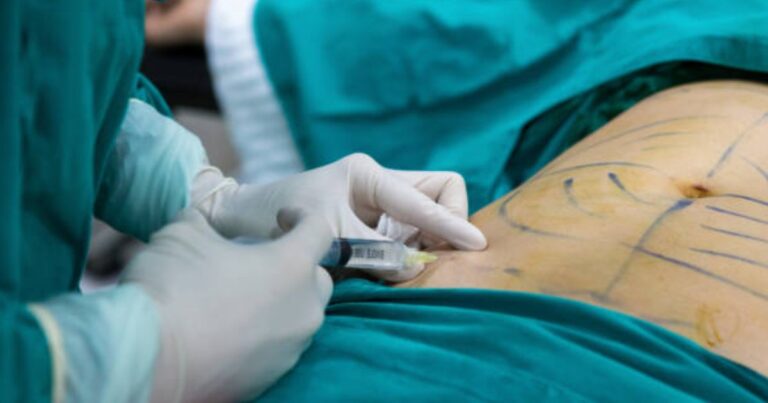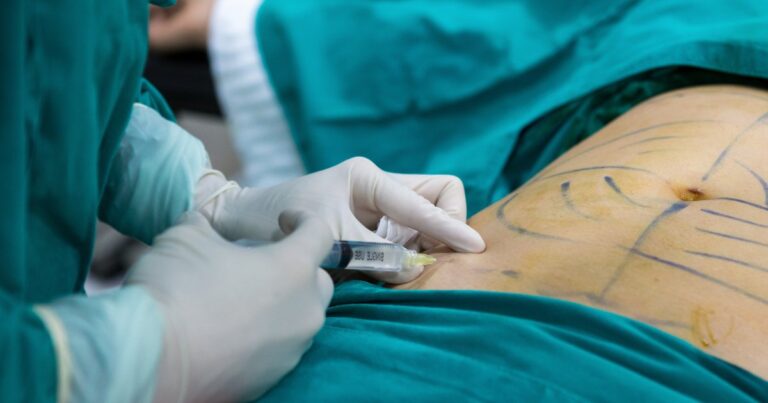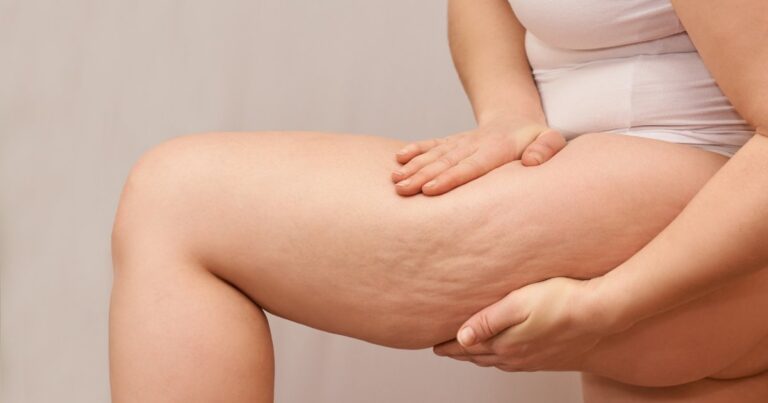Liposculpture, also known as liposuction, is a popular cosmetic procedure that removes fat deposits from specific areas of the body. While liposculpture is relatively safe when performed by a skilled plastic surgeon, it does carry some risks and potential side effects.
Being informed about the possible side effects of liposculpture can help you make the best decision regarding this body contouring treatment.
What is Liposculpture?
Liposculpture is a refined form of liposuction that focuses on sculpting the body by removing unwanted fat from specific areas. This technique allows for detailed reshaping, enhancing the body’s natural contours.
Key aspects of liposculpture include:
- Targeted Fat Removal: Precisely removes fat from areas like the abdomen, thighs, and arms.
- Contouring and Sculpting: Aims to create a more aesthetically pleasing body shape.
- Minimally Invasive: Generally involves smaller incisions and less downtime than traditional liposuction.
- Versatility: Suitable for various body types, addressing both small and larger fat deposits.
- Recovery Time: Typically requires a shorter recovery period, enabling a quicker return to daily activities.
- Enhanced Precision: Advanced techniques provide surgeons with greater control for detailed shaping.
Short-Term Side Effects
Most patients can return to work within a few days after a simple liposculpture. However, they may experience minor side effects for two to four weeks, including.
Book A Consultation With Dr Tarek Bayazid
Installment Plan Available
| Short-Term Side Effect | Description | Duration | Tips for Relief |
| Bruising | Bluish skin discolouration is caused by bleeding under the skin. Most pronounced in the first 1-2 weeks. | 2-4 weeks | Arnica supplements/gel, bromelain, massage |
| Swelling, | Temporary fluid accumulation and inflammation. Most significant in the first 1-3 weeks, tapering gradually. | 4-8 weeks | Compression garments, massage, rest, elevation |
| Soreness | Tenderness, achiness and discomfort at lipo sites and incisions. | 1-4 weeks | Pain medication as needed, change positions frequently |
| Stiffness | Tight, inflexible feeling in treated areas. Restricts mobility initially. | 1-3 weeks | Gentle movement and stretches, massage |
| Numbness | Loss of normal skin sensation around liposuction sites due to nerve inflammation. | Up to 3-4 months | Massage, time, vitamin supplements |
Wearing compression garments as instructed can help minimise swelling and discomfort during recovery.
Infection
- Infections after liposculpture are rare
- Using a sterile technique reduces infection risk
- Signs include redness, swelling, pain, and fever
- Treated with antibiotics if caught early.
Good wound care is essential to prevent infections which could compromise results. Contact your surgeon immediately about any unusual symptoms after surgery.
Bleeding Issues
- Some minor bleeding and drainage are normal
- Hematomas or seromas involve larger blood/fluid pockets
- It may require drainage procedures to remove
- Bruising typically resolves within a few weeks.
Notify your plastic surgeon promptly about increased drainage, swelling, or sudden changes, as these could indicate bleeding or fluid accumulation issues.
Scarring
- Entry scars from cannulas are small but permanent
- Scars fade and contract over time
- Proper aftercare minimises scarring
- Surface irregularities can occur inside and out.
While scars from liposculpture are relatively discrete, their appearance can vary greatly from person to person. Genetics play a big role in scar healing.
Fat Embolism Syndrome
- Very rare, potentially fatal complication
- Fat gets loose and enters the bloodstream
- It can travel to the lungs and brain, blocking blood flow
- Increased risk with large-volume liposuction
- Symptoms involve confusion, difficulty breathing
Fat embolism syndrome has a mortality rate ranging from 16% to 30%. Patients undergoing extensive liposuction should be monitored closely afterwards for any warning signs.
Contour Irregularities
- Small surface irregularities are common
- Asymmetries, dents, and lumpiness may occur
- Usually improves substantially over 3-6 months
- Additional treatments can further optimise results
The remaining skin needs time to conform to new body contours. Massage, compression and time typically allow the skin to smooth out, but surgical touch-ups may sometimes be required.
Loose, Sagging Skin
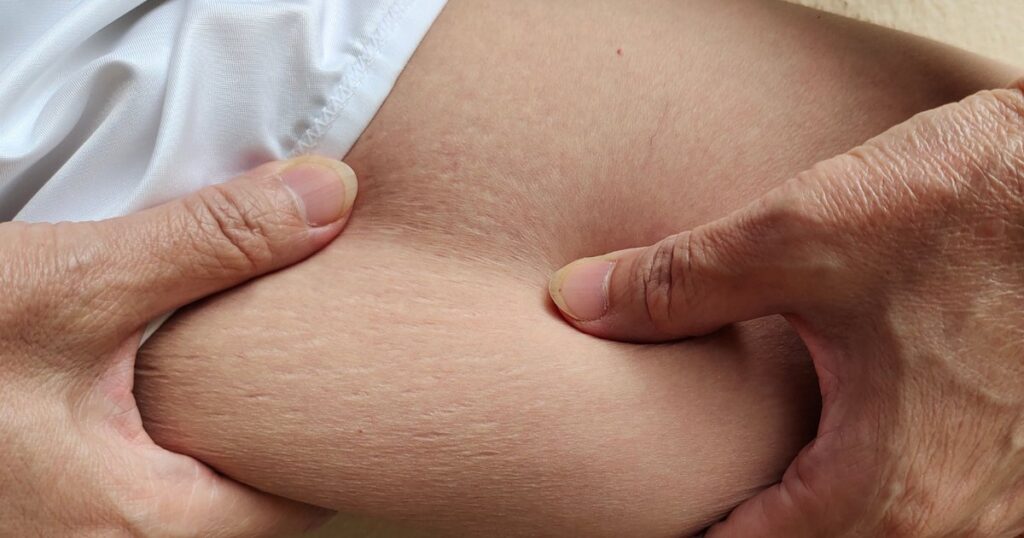
- Best suited for patients with good skin tone
- Removes fat but doesn’t tighten skin
- Sagging is possible if the skin lacks elasticity
- Combining procedures reduces loose skin risks
For optimal liposculpture results, the best candidates have firm, elastic skin. Those with poor skin quality may need additional skin tightening treatments to achieve their desired appearance.
Changes in Sensation
- Temporary numbness is common
- Nerve compression can alter sensations
- Hypersensitivity or permanent numbness is rare
- Most sensation changes gradually resolve
Strange skin sensations should resolve within a few months as the swelling goes down and nerves regenerate. Symptoms persisting longer warrant examination to check for nerve involvement.
Fluid Imbalance Issues
- Large-volume liposuction increases the risks
- It can trigger organ problems and fluid shifts
- General anaesthesia options reduce risks
- Monitoring is essential to prevent dangerous deficits
Removing large amounts of fat requires IV fluids to maintain safe fluid levels. Liposuction longer than a few hours typically utilises general anaesthesia to allow close monitoring of fluid balance.
Clots in Veins and Lungs
- Clots can obstruct proper blood flow
- Most common with procedures over two hours
- Preventative measures help avoid complications
- Symptoms require emergency medical care
Extended procedures with significant downtime boost the risks of developing dangerous blood clots. Patients must routinely move around to maintain proper circulation after surgery.
Problems Under General Anesthesia
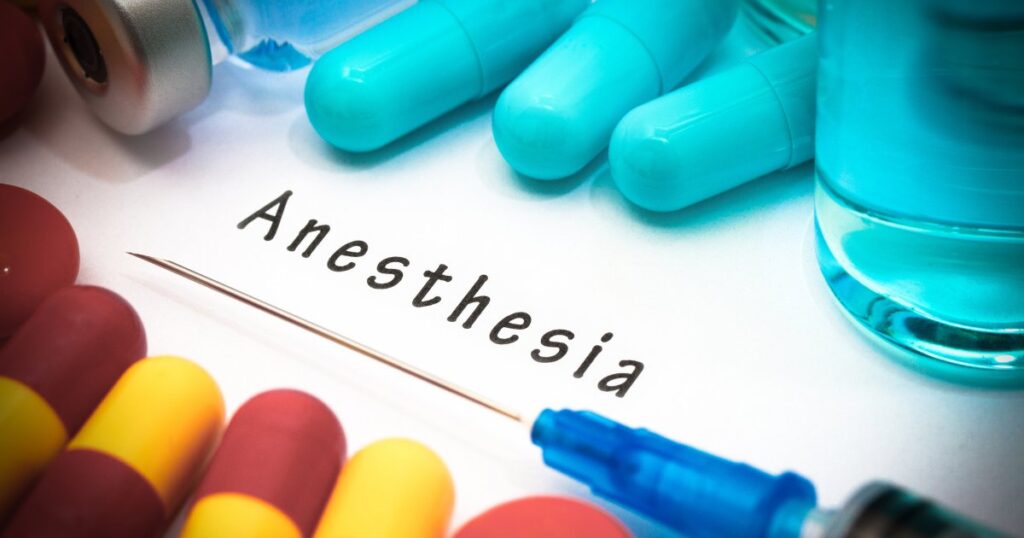
- General anaesthesia risks include nausea, vomiting
- Increased risks with multiple procedures combined
- A skilled anaesthesia team ensures optimal safety
- Backup support systems prevent serious issues
Any surgery requiring general anaesthesia does come with additional risks that must be carefully considered. Your health and preventative measures can reduce, but not guarantee, a complication-free experience.
Conclusion:
When performed by an expert plastic surgeon on an appropriate candidate, liposculpture can deliver beautiful, natural-looking results with minimal downtime. However, as an invasive procedure, patients must weigh the benefits and potential risks.
Being informed about the possible side effects of liposculpture allows patients and doctors to make smart decisions about surgery. Setting realistic expectations and following all post-op care instructions helps ensure optimal health and beauty outcomes.
To learn more about liposculpture and determine if it is right for you, contact renowned Dubai plastic surgeon Dr Tarek Bayazid today to book a consultation.
FAQs on Liposculpture Side Effects
What’s the fastest way to recover from liposculpture?
Follow all post-op care instructions diligently – rest, medication, compression garments, hydration and healthy eating will help you bounce back quicker.
How long do side effects last after liposculpture?
Most swelling, bruising, pain and soreness resolves within 6 weeks or less. Numbness may persist for several months before sensations return to normal.
Do liposculpture results last permanently?
When an expert surgeon properly removes fat cells, they do not grow back. However, remaining fat cells can still expand if patients later gain a significant amount of weight.
What’s the best way to minimise risks and side effects?
Choosing an experienced, board-certified plastic surgeon and an accredited surgical facility with trained support staff significantly improves safety.
Who is the ideal candidate for liposculpture?
The best candidates have good skin elasticity and localised fat deposits. They are also non-smokers in good health and have realistic expectations about surgical limitations.
